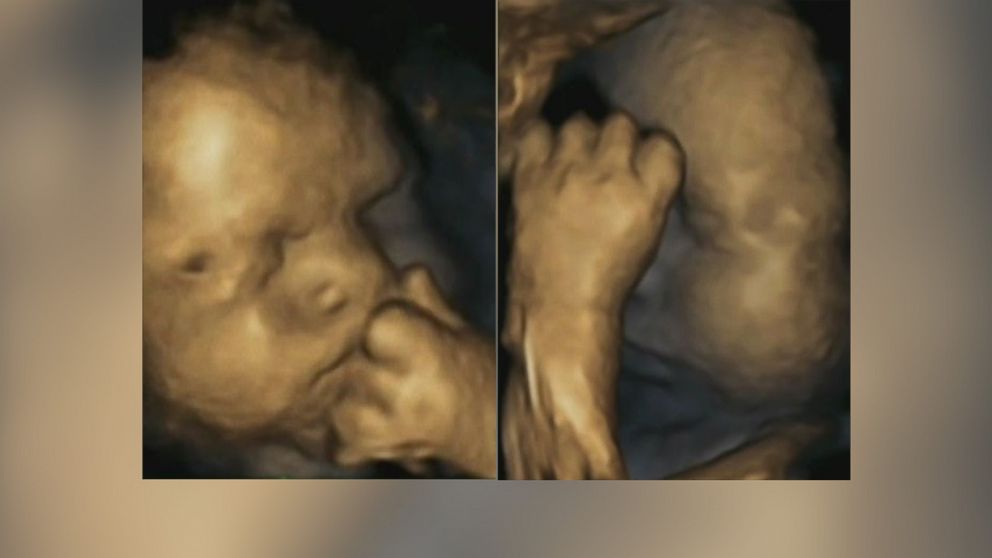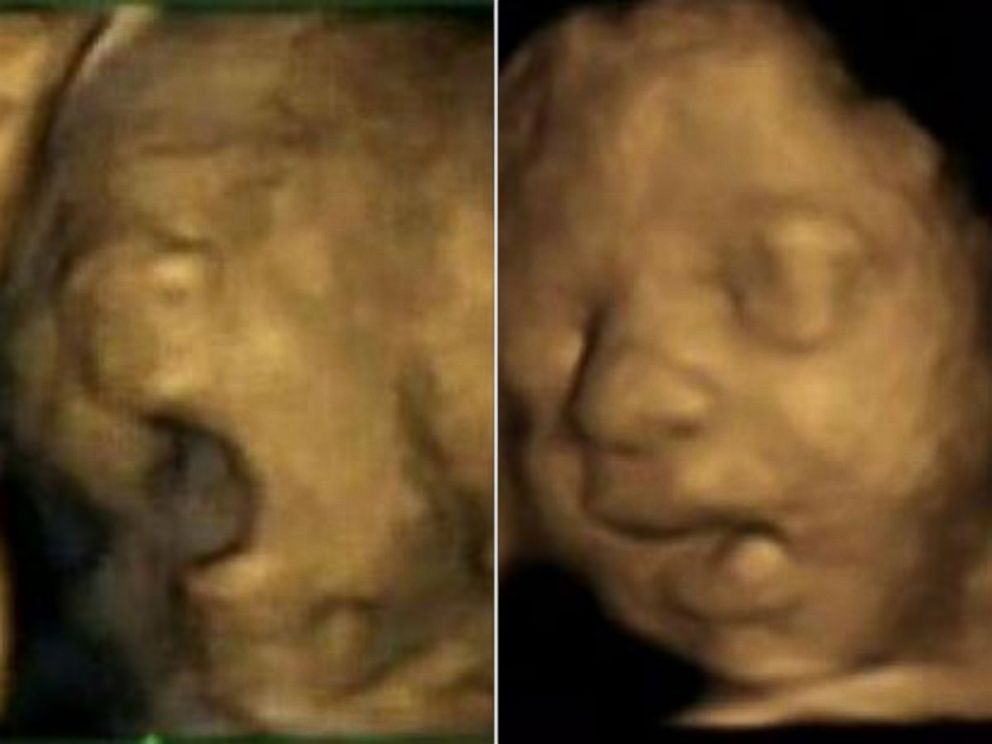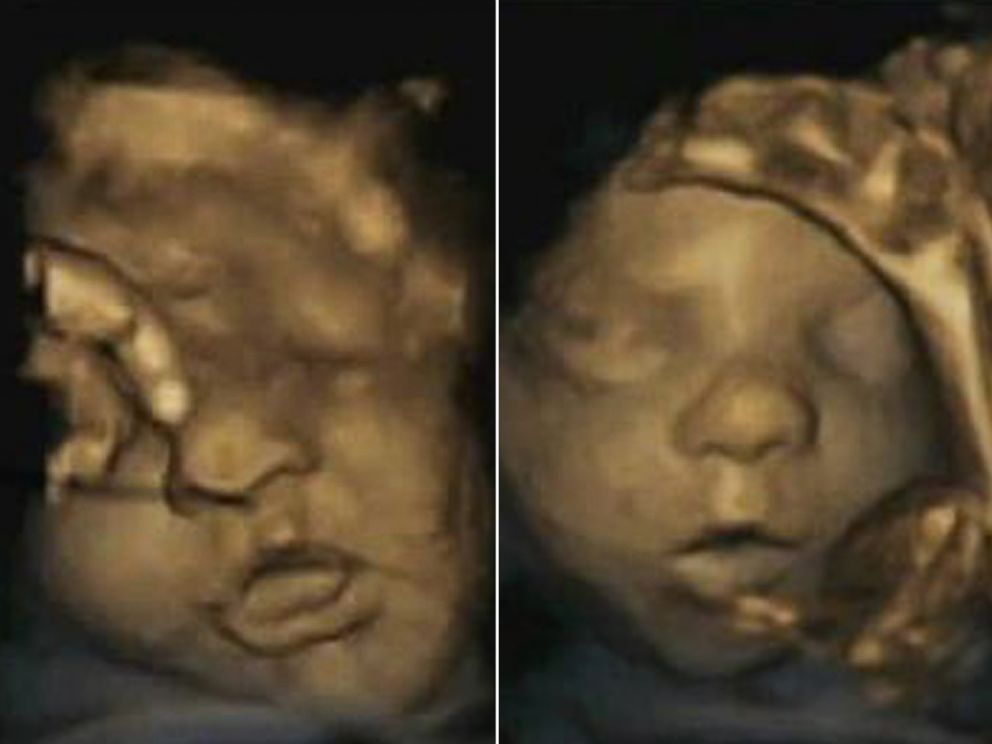Fetal Faces Hint at Mom’s Stress
See fetuses soothing themselves in the womb.

June 3, 2014— -- If these fetuses look flustered, it might be because they’re picking up on mom’s stress, according to a new study of 4-D sonograms.
The study, which followed 15 moms-to-be and their unborn babies from 24 to 36 weeks gestation, found that fetuses were more likely to touch their faces with their left hands when their moms were stressed out.
What does face-touching have to do with stress?
Scans Spot Fetuses Making Faces
Ultrasounds Catch Tired Fetuses Yawning
“It’s related to soothing,” said Nadja Reissland, a researcher at the University of Durham in the United Kingdom and lead author of the study published today in the journal Laterality: Asymmetries of Body, Brain and Cognition.
Newborn babies rub their brows and suck their thumbs to soothe themselves, and Reissland wondered whether those habits formed in the womb. Where does the left hand fit in?

“Handedness is interesting in general because it’s related to mental health,” said Reissland, explaining how left handedness has been linked to an increased risk of ADHD and schizophrenia.
“There is some research indicating that high levels of prenatal maternal stress might be a risk factor for developmental disorders postnatally, since stress alters the biochemical equilibrium in the uterus,” Reissland wrote in her study, adding that the study “highlights the importance of reducing maternal stress in pregnancy.”

Reissland stressed that the study only supports an association between maternal stress and fetal face-touching, and said she hopes to explore the link more closely. She has also used 3D ultrasound to catch fetuses yawning and making faces.




